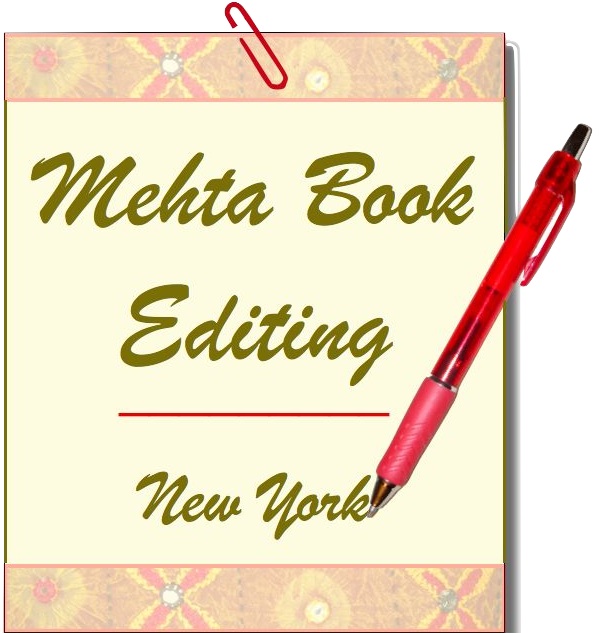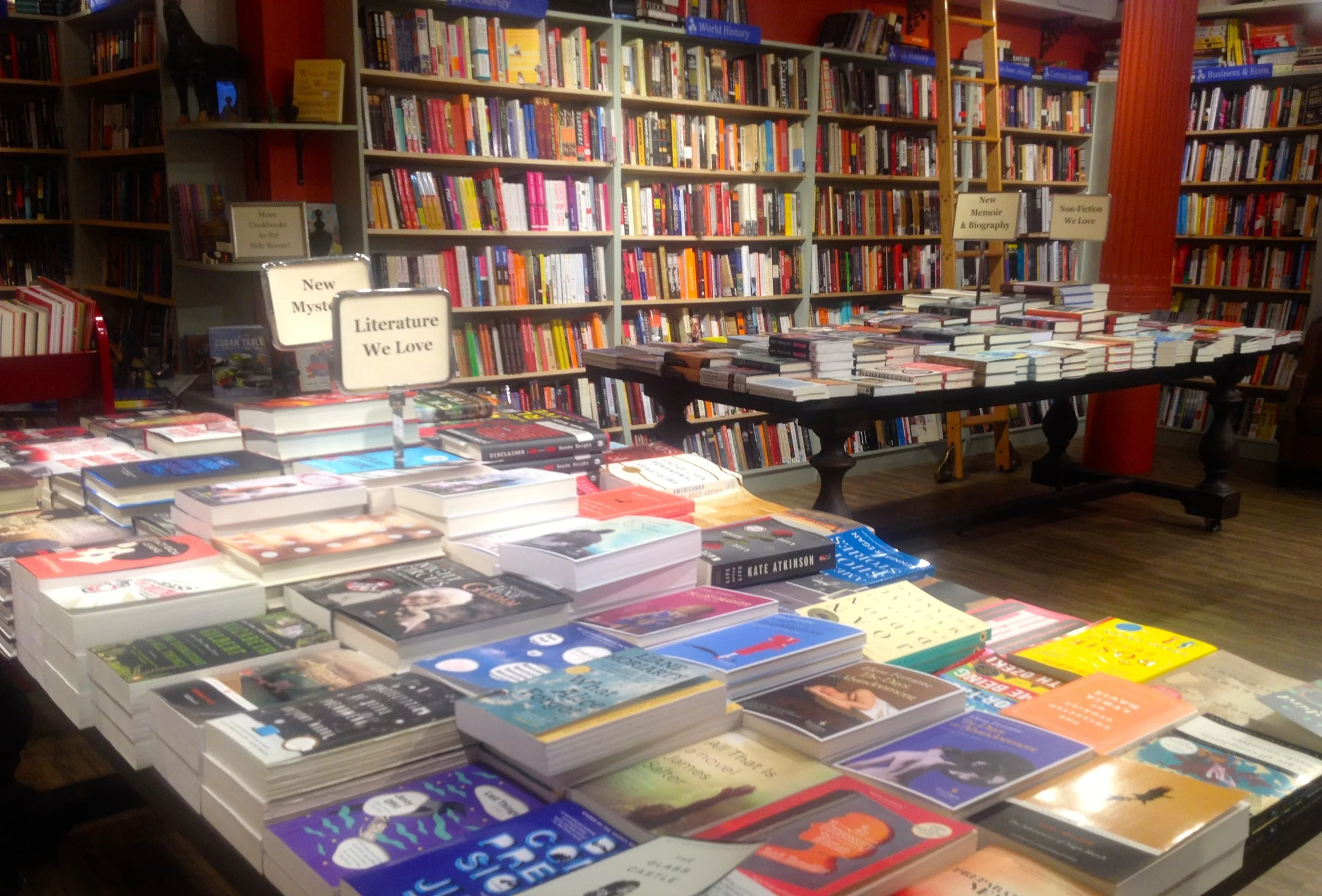The Rewards and Challenges of Self-Publishing Children’s Books: Q&A with Four Authors
/As the traditional book publishing landscape becomes increasingly complex and competitive, more writers are considering independent paths. But given their audience, children’s book authors who self-publish face very different challenges from those who write for adults, especially in terms of design, production, and promotion.
Back in 2014, I asked literary agents Kevan Lyon and Kate McKean if children’s book authors should self-publish. In light of the many changes in book publishing since then, I thought I would continue the conversation, this time by speaking directly with writers who have published both traditionally and independently. Separately, I interviewed Zetta Elliott, who has released several books under her own imprint, including picture books; Brent Hartinger, who self-published a young adult series and a new adult series; Cheryl Klein, the author of a self-published a work of nonfiction; and Stephen Mooser, who released a middle grade book on his own.
Read More





